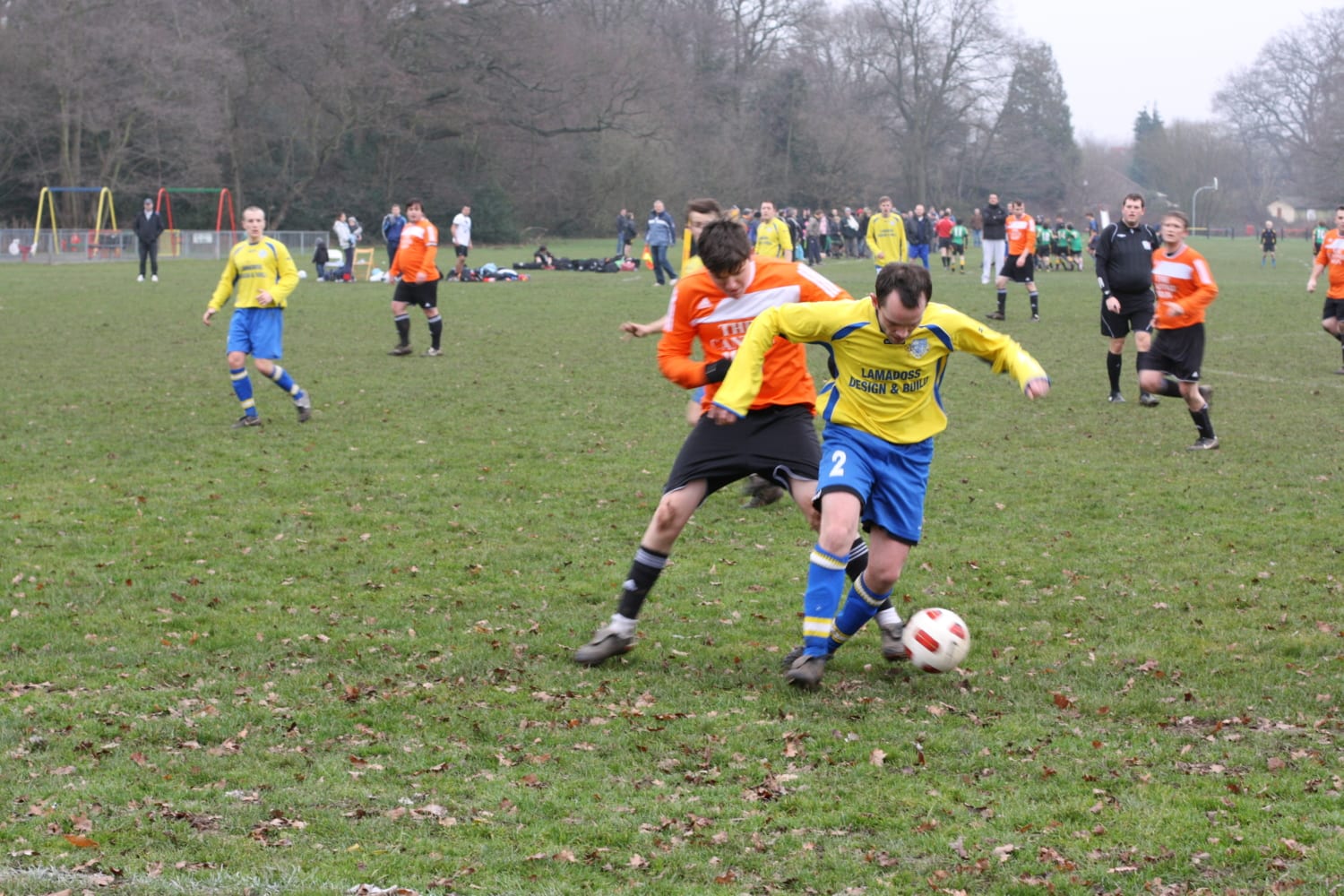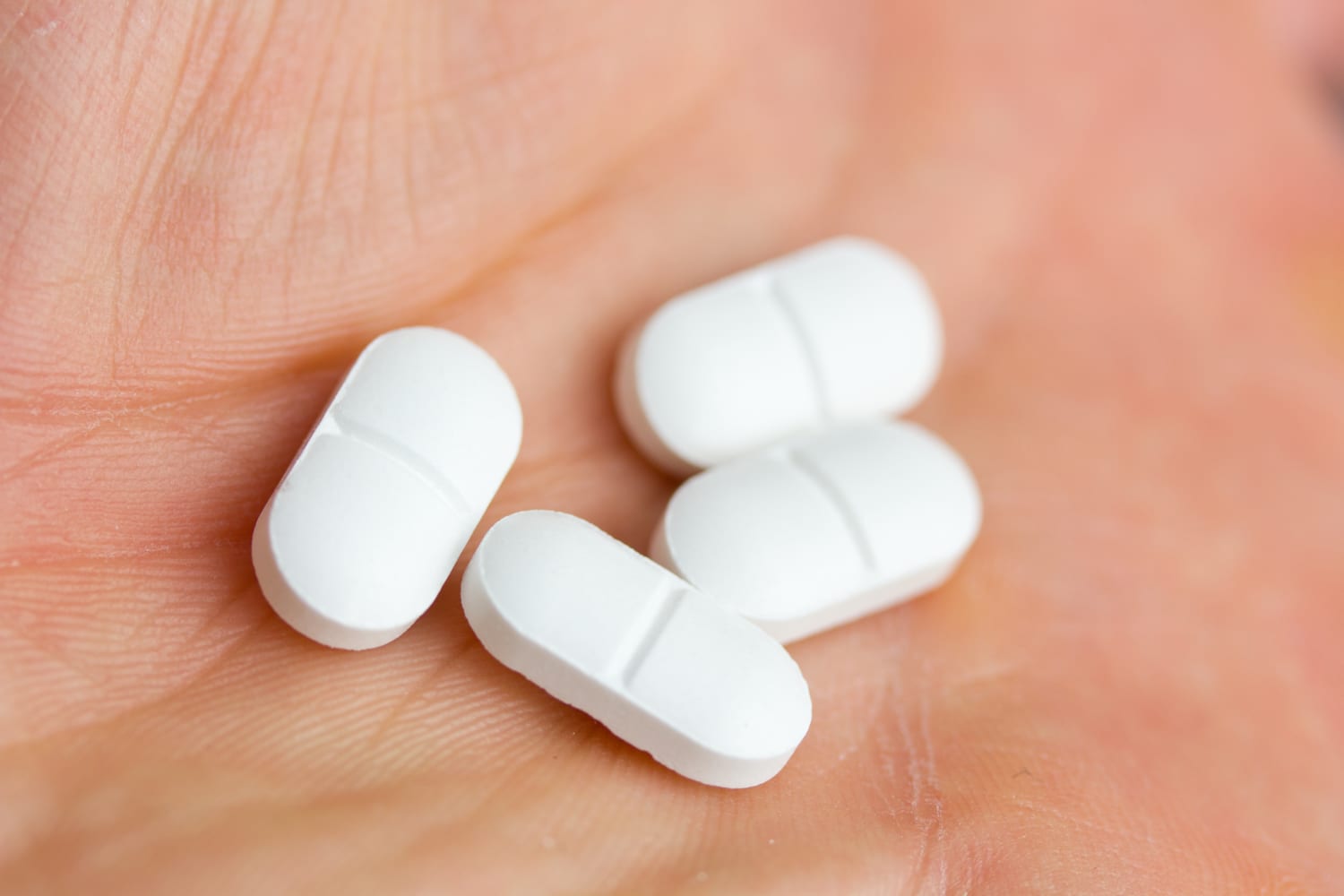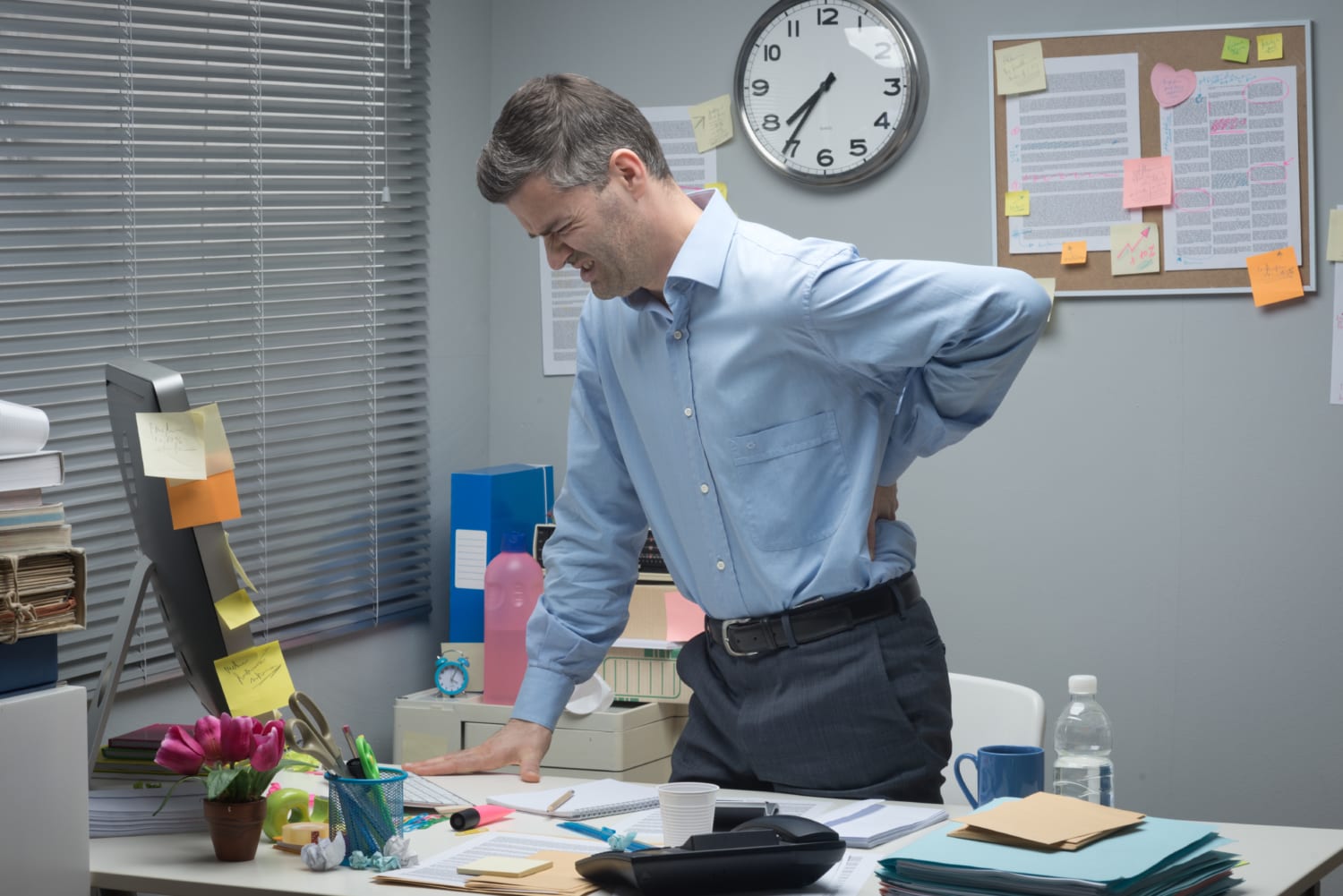Research published by Macmillan Cancer Support shows an estimated 7 million people across the country turned to running or jogging during the Covid-19 crisis to boost their mental health.
One in seven people in the UK (14%) said running had helped them deal with stress since the first lockdown in March. And about a third said running helped them feel calmer and more positive.
All of which is great news. But it’s important that these mental benefits don’t come at a physical cost. More research (!) show that, for every 1,000 hours of running, beginners get injured twice as often as experienced runners.
Among the most common problems to plague runners are Plantar Fasciitis – painful inflammation of the tissue along the bottom of the foot and Achilles Tendonitis. This manifests as pain and tenderness in the heel and along the Achilles tendon. Which is the thickest tendon in the human body.
Responding to running injury
On a practical level, there are a couple of simple self-help measures that you can try:
- First and foremost, take an immediate break from training.
- Apply ice regularly to the painful area for the first 48-72 hours to reduce swelling.
- Take a good look at your training footwear. Running shoes will generally need replacing after you’ve run 300-500 miles.
- Consider gentle, stretching exercises, such as the heel drop (devised by Swedish sports doctor Dr Hakan Alfredson). Try three sets of 15 heel drops twice daily over three months.
Give low-level laser therapy a try
Over time, most such treatments will provide some relief. But what if you had access to a quicker, more effective and long-lasting therapy? Low-level laser therapy (LLLT) could be the answer. It’s a pain-free, non-invasive treatment that involves placing a low-power light beam on the injured area. The light stimulates repair by cellular organelles (specialised structures within a cell that carry out a particular function) called Mitochondria, This reduces pain and promotes a speedier, safer recovery.
Treatment times are relatively short and many patients report encouraging results within two or three sessions.
LLLT is used widely by osteopaths in the United States. It is gaining ground here in the UK, alongside general osteopathic techniques, as a successful treatment for sports injuries. Also, Plantar Fasciitis, Achilles Tendonitis, back pain, various types of arthritis and other conditions including strains and sprains.
Osteopath Robin Kiashek said: “I’ve been using LLLT as part of my treatment plans for over 10 years. It sits nicely alongside the other therapies and patients frequently report great improvements to their symptoms.”
There is some useful information on the website about LLLT, including a video explaining how it works.
So, if pain has stopped play when it comes to your exercise regime then why not contact Robin to see if LLLT could get you back up and…well, running?

 Many of my patients enjoy participating in different sports, ranging from a hobby of gentle walking to top-class professional athletes whose livelihood depends on peak sports performance. Whatever your own personal level of sports participation, there are three keys to maximising performance and avoiding pain.
Many of my patients enjoy participating in different sports, ranging from a hobby of gentle walking to top-class professional athletes whose livelihood depends on peak sports performance. Whatever your own personal level of sports participation, there are three keys to maximising performance and avoiding pain. Are you taking paracetamols to try and manage your back pain? If you are then you this may not be the best course of action according to the findings of a group of Australian researchers.
Are you taking paracetamols to try and manage your back pain? If you are then you this may not be the best course of action according to the findings of a group of Australian researchers. Four out of five people suffer from back pain at some time in their lives and as many as one in two will experience back pain in any one year. It is one of the most common problems that people experience. The Backcare charity estimates that 5.6 million working days are lost each year due to back pain. It’s a big problem.
Four out of five people suffer from back pain at some time in their lives and as many as one in two will experience back pain in any one year. It is one of the most common problems that people experience. The Backcare charity estimates that 5.6 million working days are lost each year due to back pain. It’s a big problem.